| It’s not particularly unusual to see a person on a unicycle in Humboldt County (particularly in Arcata). Something most people don’t know, however, is that one Eureka resident at the turn of the century got his 15 minutes of fame riding a unicycle not across town but across the country. Courtland “Court” Edwards was born in Topeka, Kansas on January 27, 1876 to Edward Edwards and Mittie Marshall Edwards. One way or another, he ended up in Eureka in 1907, when he was 31 years old and had his photo taken with a unicycle and cornet in Sequoia Park. This photo, which appears in the Swandlund-Baker Collection at HSU, made the rounds on Facebook a few months back and when stories of his epic journey across the country on his 30 pound unicycle began to surface, I looked more into it. |
| In 1903, Court was living at 127 Cedar Street in Eureka. Court had married a woman named Jeanie in Eureka in 1906, but it was not meant to last. In 1909, the couple owned a bicycle shop at 520 F Street and Jeanie was living at 806 E Street. That same year, Court took his unicycling on the road, traveling to San Francisco in June 1909 before leaving for New York City on his unicycle. Stops included Stockton, Sacramento, Reno, Ogden, Omaha and other cities, and Edwards estimated he could travel 30 to 40 miles per day. A friend, Ray Kent, would be accompanying Edwards as far as Ohio, where Kent was from. This wasn’t Edwards’ first long distance trip- he had traveled from Fresno to San Francisco in about 37 hours a few times. |
| A few years after the image in Sequoia Park, Court appears in the newspapers- his wife is divorcing him for abandonment. Her story is that Court wanted her to travel around with him on a unicycle, but she’d need to wear “fleshlings”, which are a type of Victorian era tights. She said no, that since she was a decent Victorian woman she would not wear the tights and his response was to find a woman who would and take her on his travels. An article in the LA Herald stated that in August 1910, Jeanie Edwards filed for divorce. |
If no Indians and bears were encountered in Van Courtland Park and the great beyond Max and Abie should be well on their way, and if they go far enough they may meet the ghost of Court Edwards, the Californian who started a year or so ago to ride a unicycle to New York and who, with his bugle and his umbrella still may be on the road for all the world knows.
http://www.ridingvintage.com/2012/12/the-motordrome-board-track-motorcycle.html
Thank you to Jim Garrison for assistance in uncovering this story!

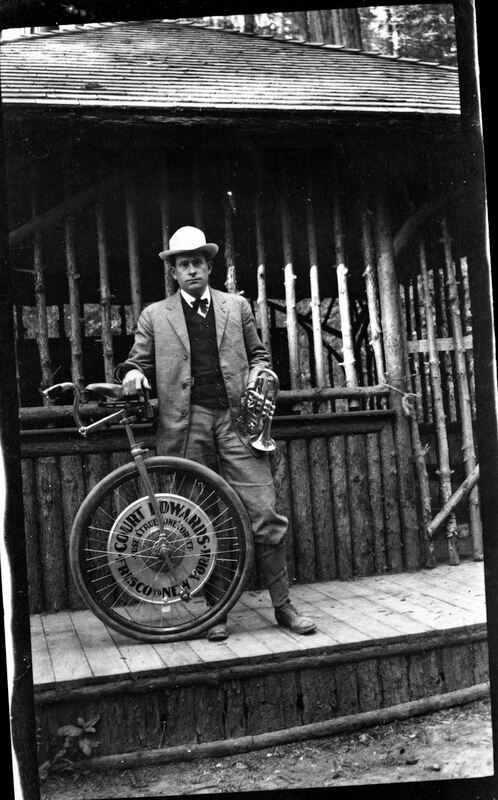
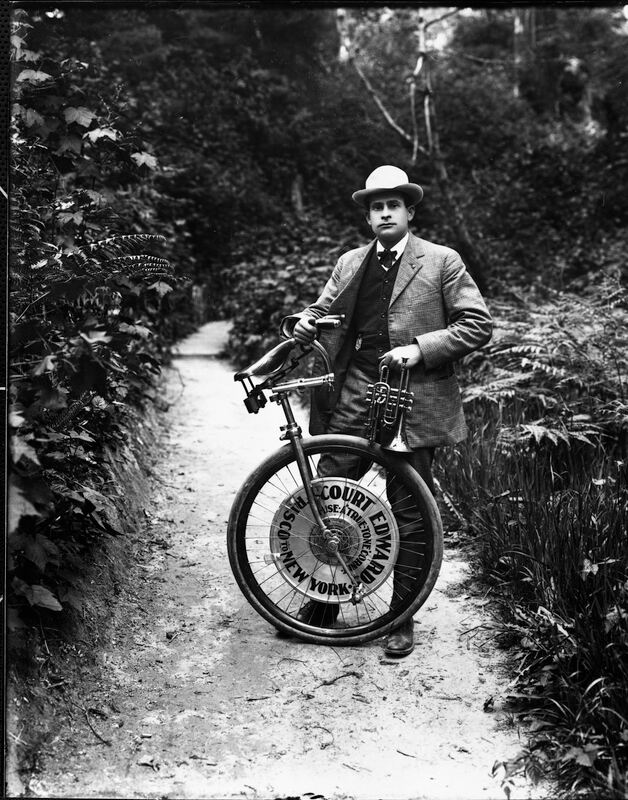
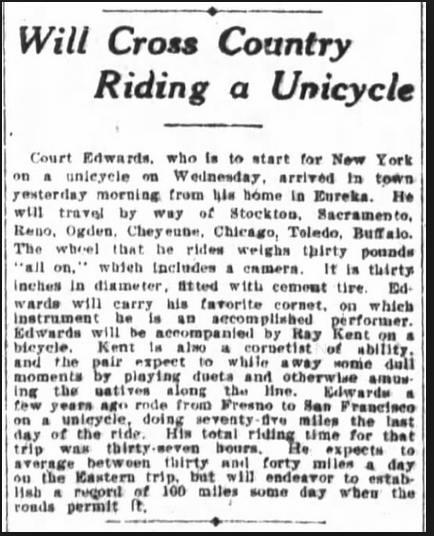
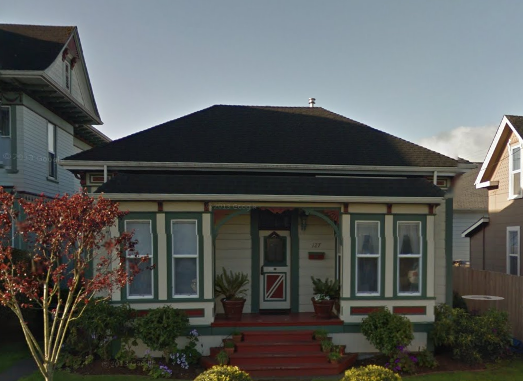
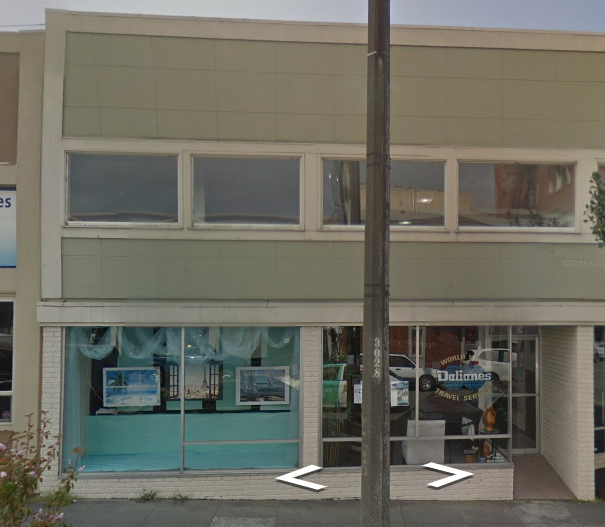
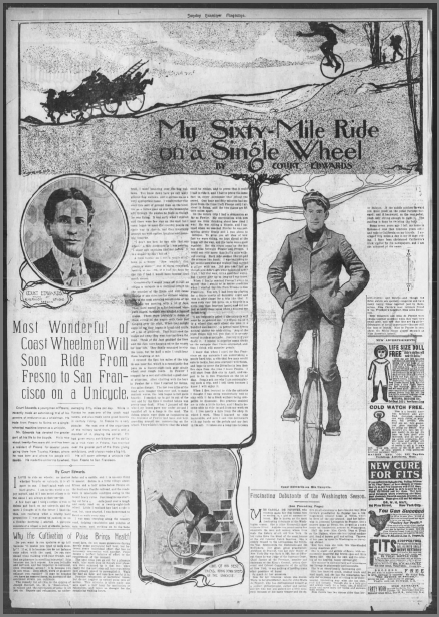
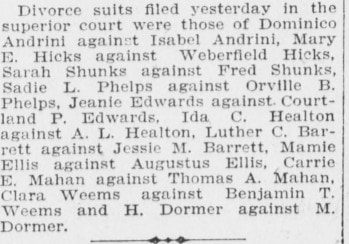
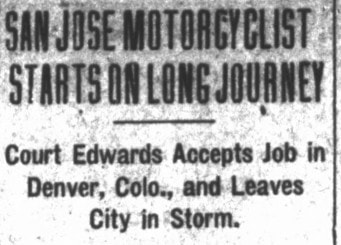


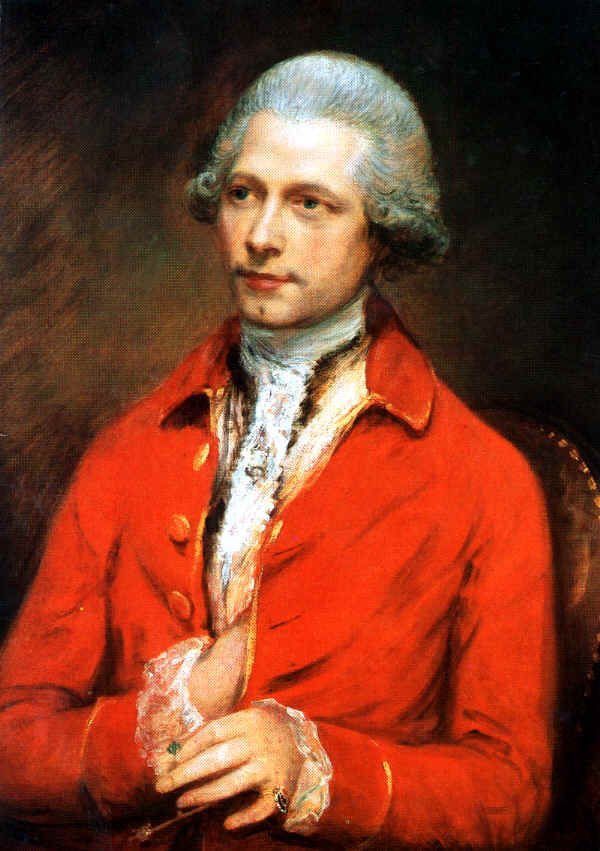
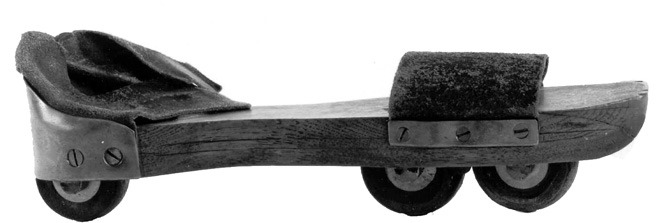
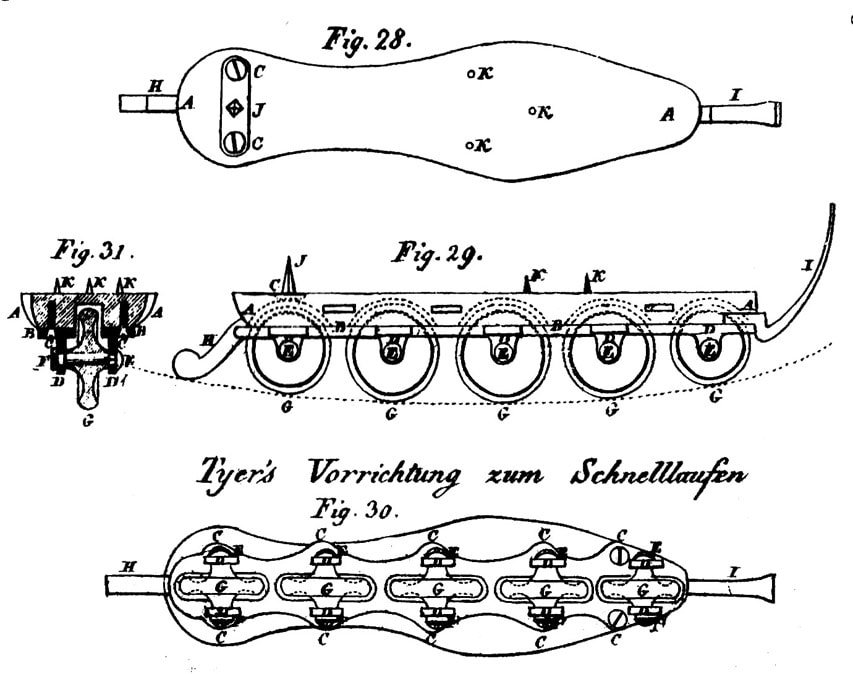
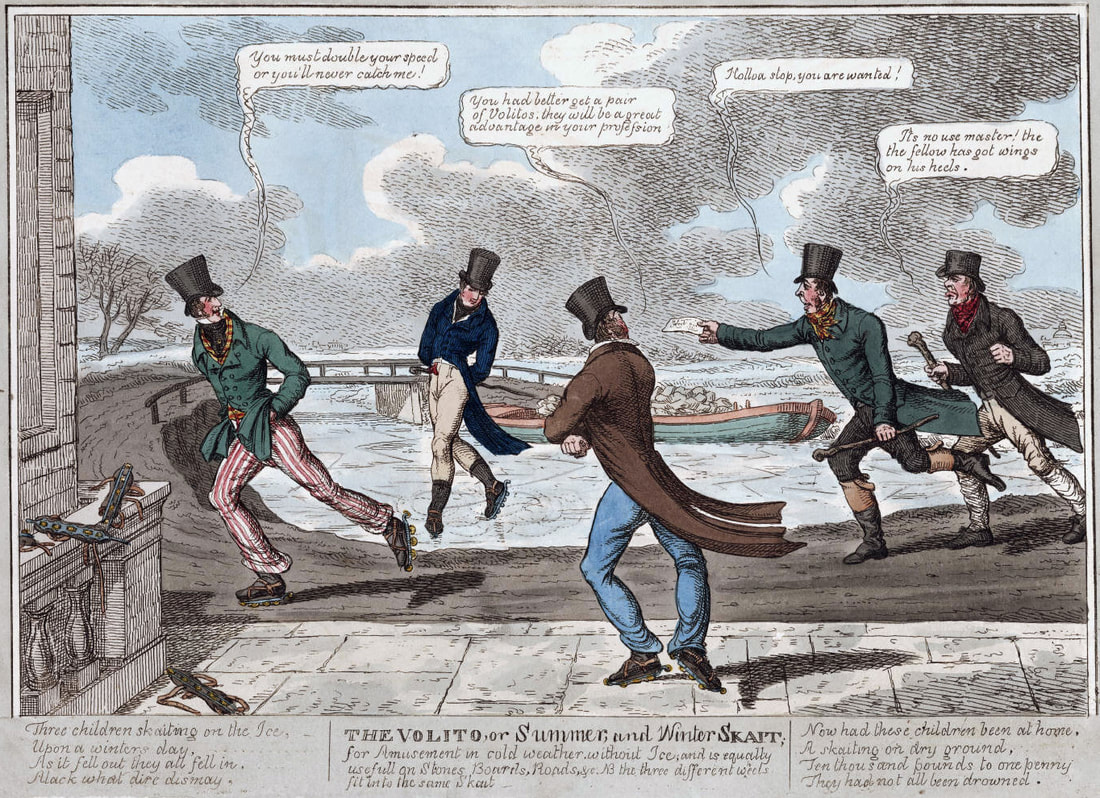
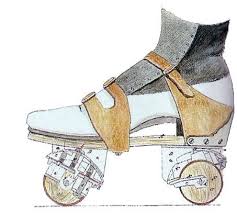
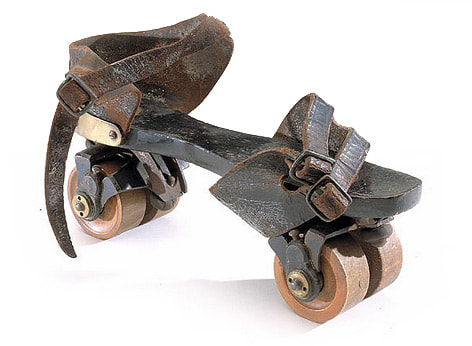
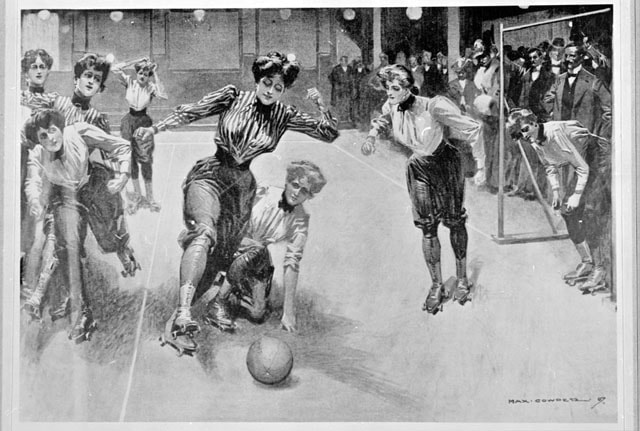
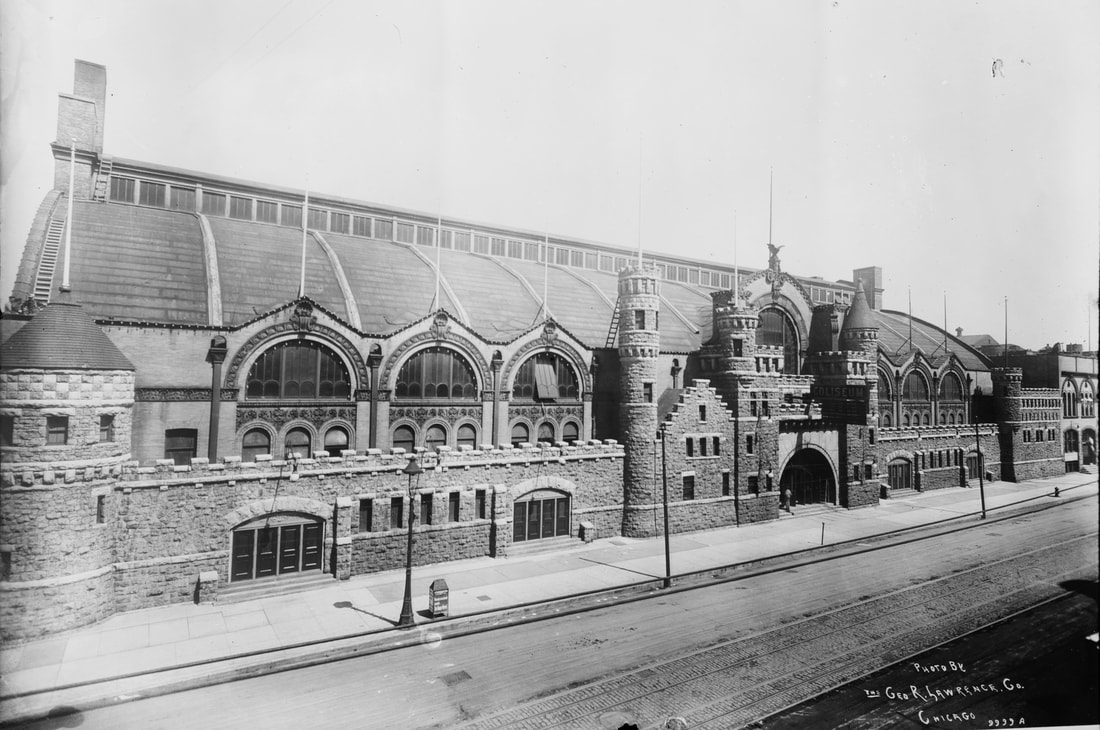
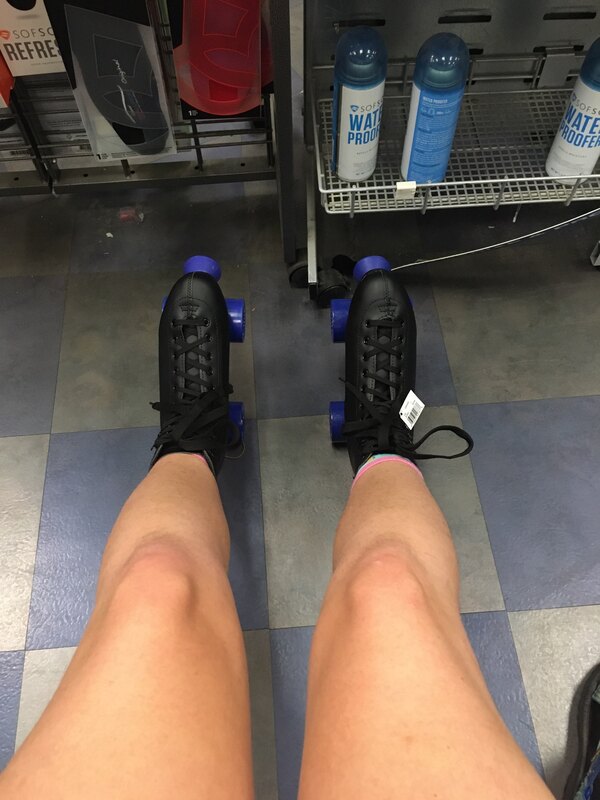
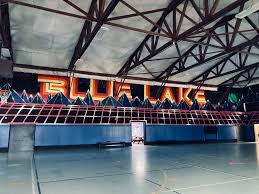
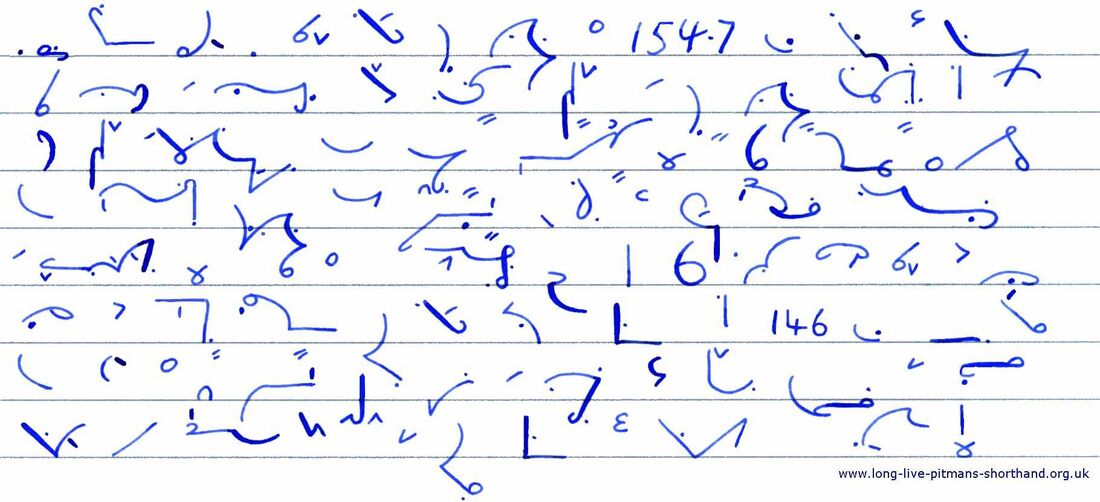
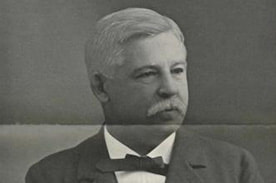
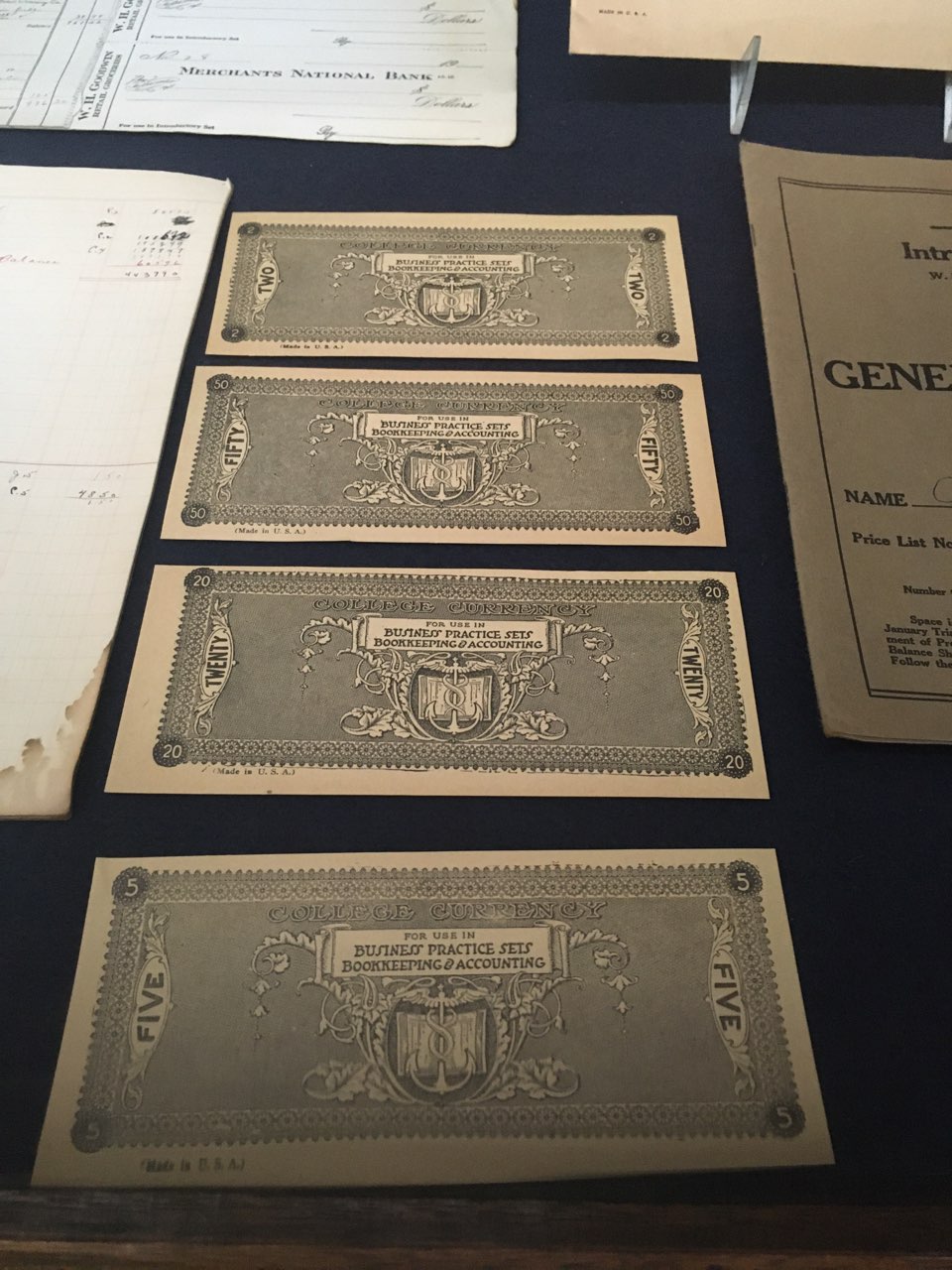
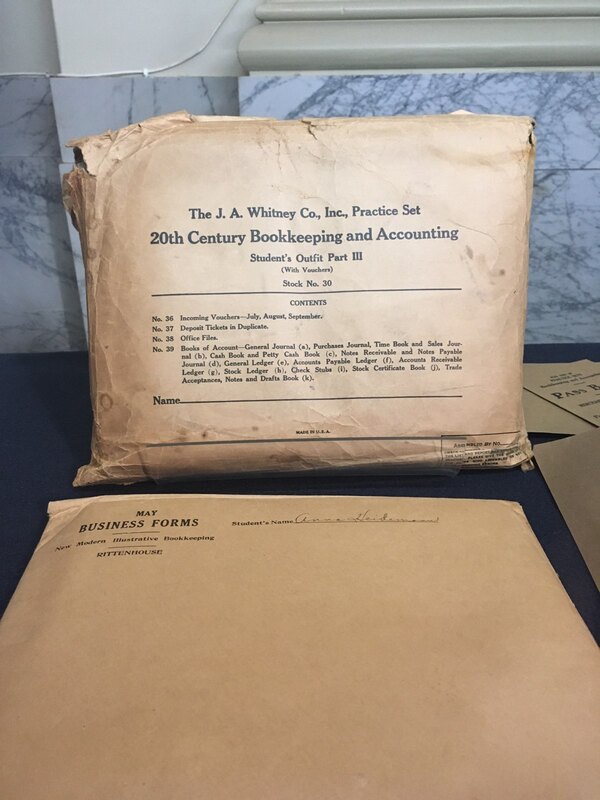
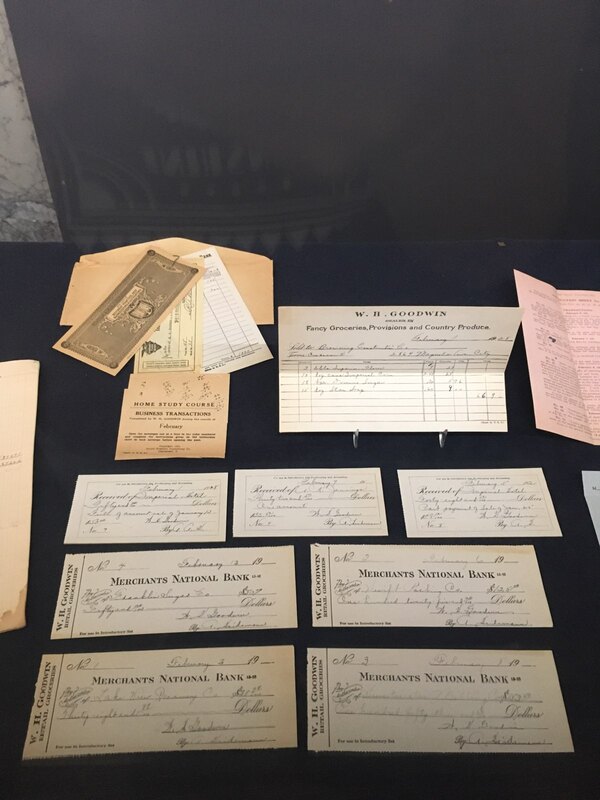
 RSS Feed
RSS Feed